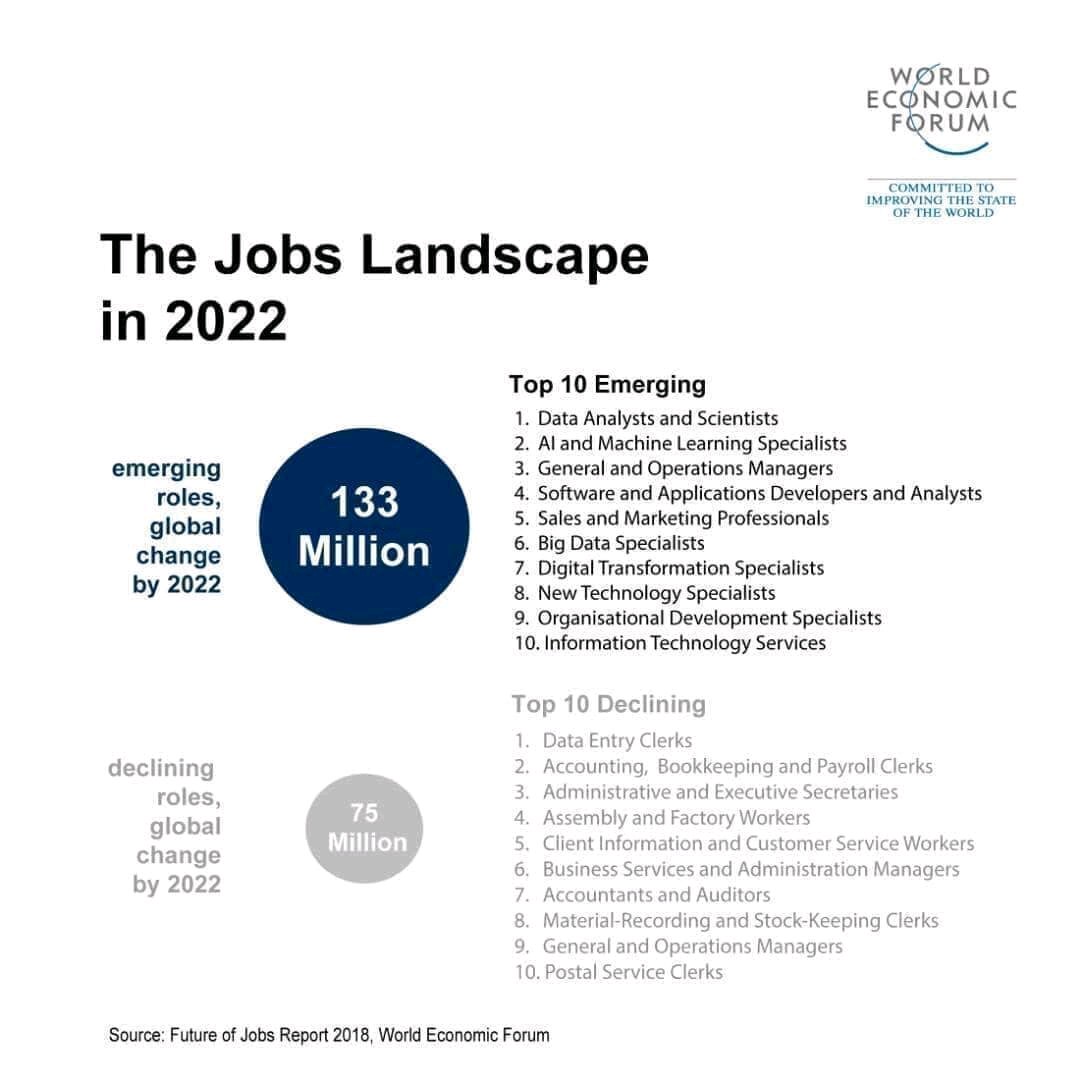The bizarre-sounding copying phenomena called 3D-printing have been mulling around from the past. Recently, it has been in the limelight; specifically in the press for the wrong reasons.
In 2013, a University of Texas law student, Cody Wilson created a blueprint for a single-shot 3D-printed handgun, named ‘The Liberator’.
However, guns have posed a serious threat to peaceful living when in the wrong hands. But what if you could hastily manufacture them unsupervised, from the comfort of your home?
His company Defense Distributed, had been distributing downloadable weapons plans for free. This would be great if it was planned to enable you to build something more useful to society.
The point is, with this new device, you can literally make a 3D copy of any imaginable object – even your food!
3D printing builds parts (mostly out of plastic) based on the central concept: using a digital model like your CAD drawing (Computer Assisted Drawing).
This is then turned into a physical three-dimensional object by adding material a layer at a time. This is where the formal name for 3D printing, Additive Manufacturing arises. They are no bigger than a normal Deskjet or heavy-duty paper printer and are quite a marvel to watch in action.
3D printing is a fundamentally different way of producing parts compared to traditional subtractive (CNC machining) or formative manufacturing technologies.
The brands
Some top 3D printing brands include MakerBot, XYZprinting, Formlabs, and LulzBot. You can pick them up from as little as $200 to $4000.
These prices naturally depend on your end product size, material, complexity, and level of detail you need.
The most expensive one, if you are into heavy-duty manufacturing would set you back a cool $2,500,000. That is the price tag for Imprimere’s Model 2156.
Some of the advantages of using 3D printers include:
- Speed: You can upload complex designs from a CAD model and print in a matter of hours.
- You have more design freedom. It gives you complete customization of designs.
- It is more eco-friendly: Additive manufacturing methods use only the material you need to build a component. You can recycle and re-use the raw materials.
- Costs: Compared to traditional manufacturing, the labour costs for a 3D printer are almost zero.

Application in the world
Since its uptake in as far back as 2010, a lot of the products we use are manufactured using 3D printing. You will find its application mostly in the medical and dental industry and used for custom prosthetics, implants, and dental aids.
They are used to manufacture high-level sporting gear that is tailored to fit you perfectly. Naturally, you can also ‘print’ your own customized fashion accessories. This would give you more flexibility when it comes to your specific style, colour, and material.
For a more comprehensive comparison of 3D Printers available to you, look at the 3D Printing index on the resources page.
Here is a list of cool things you can create with a 3D printer. If you are looking for great ideas for Xmas or birthdays – this might just be it!




















